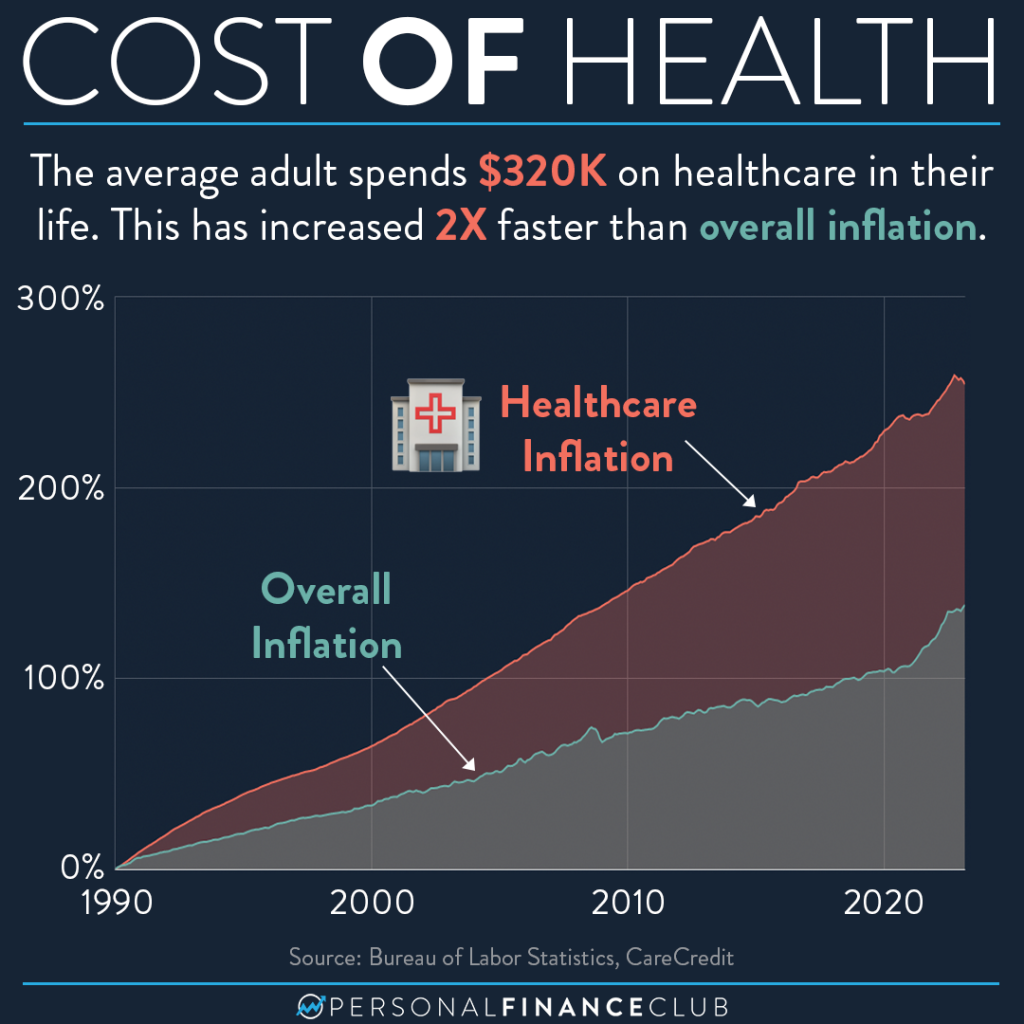A Comprehensive Guide on Just How Health Care RCM Works to Simplify Payment and Collections
Navigating the complexities of healthcare revenue cycle monitoring (RCM) is crucial for providers intending to enhance their invoicing and collections procedures. The guide unboxes the complexities of RCM, from individual registration to balance dues monitoring, supplying understandings right into maximizing each action. Incorporating sophisticated technology and standardized procedures can substantially minimize case rejections and increase settlement cycles. Yet, truth difficulty depends on flawlessly combining these aspects to increase cash circulation. As we check out the core elements and strategies that drive performance, one inquiry stays: just how can healthcare entities ideal placement themselves to flourish financially in an ever-evolving market?
Comprehending Profits Cycle Management
Realizing the intricacies of Profits Cycle Administration (RCM) is vital for medical care organizations intending to maximize their financial efficiency. RCM is an essential management function that encompasses the entire economic process of person treatment, from the first consultation setting to the last settlement of the balance. It is an intricate treatment created to determine, gather, and take care of the profits from the solutions supplied to individuals. Reliable RCM makes certain that doctor receive precise and timely settlements, lessening the threat of profits loss and boosting cash money flow.
The RCM procedure begins when a person schedules an appointment and prolongs with the individual's treatment trip, consisting of invoicing and collections. An essential purpose is to minimize the time between supplying a service and obtaining payment, therefore improving the company's monetary health and wellness. RCM involves different features such as client registration, insurance policy confirmation, fee capture, coding, declares submission, settlement posting, and taking care of allures and denials.
Key Elements of RCM
In the world of Income Cycle Administration (RCM), understanding its crucial elements is fundamental to accomplishing financial efficiency within health care companies. RCM is a comprehensive process that incorporates various phases, each critical to making certain efficient payment and collections. The main elements consist of client registration, insurance policy confirmation, fee capture, coding, case submission, settlement posting, and balance due monitoring.


Once coded, cases are sent to payers, where accuracy is critical to avoid denials or hold-ups - Healthcare RCM. Payment posting includes videotaping the obtained payments, which permits for the settlement of accounts. Finally, accounts receivable monitoring concentrates on tracking and dealing with unpaid cases, making certain prompt follow-up and resolution
Each component of RCM is interconnected, and ineffectiveness in any kind of part can interfere with the whole cycle. For that reason, mastering these components is essential for doctor to optimize revenue and improve their monetary wellness.
Approaches for Efficient Billing

Systematizing invoicing treatments across the company is an additional vital approach. Developing clear guidelines for paperwork, coding, and entry assists maintain consistency and compliance with regulatory requirements. Educating personnel regularly on these procedures guarantees everyone is current with the most recent adjustments in invoicing codes and payer policies.
Precise charge capture is essential in protecting against income leakage. Carrying out normal audits and tracking systems permits the identification and improvement of inconsistencies before they affect earnings. In addition, maintaining open lines of interaction with payers aids to swiftly deal with any kind of conflicts or misunderstandings that may emerge.

Last but not least, interesting clients early in the invoicing procedure by providing clear quotes and academic materials regarding their monetary responsibilities can significantly reduce complication and boost settlement timeliness. These techniques jointly contribute to an extra monetarily healthy and balanced and effective invoicing system.
Enhancing Collections Processes
Offered the intricacies of medical billing and the variety of payer demands, enhancing the collections process involves implementing critical actions that make certain precise and timely repayment of solutions provided. Automation devices can assist in tracking case standings, sending out timely reminders to individuals, and taking care of denials a lot more effectively.
Clear and clear person communications are important. Providing thorough descriptions of costs and offering versatile repayment strategies can raise person contentment and prompt payments.
Routine audits of the collections process must be carried out to identify locations for enhancement and guarantee compliance with regulations. By evaluating data, health care companies can recognize fads, prepare for potential issues, and adapt strategies accordingly (Healthcare RCM). Eventually, a well-enhanced collections process not just supports financial health and wellness but additionally contributes to a more seamless experience for patients and team alike
Optimizing Earnings Streams
Structure upon from this source the foundation of a strong collections procedure, medical care companies can further boost their financial stability by tactically enhancing revenue streams. This entails a multi-faceted technique, starting with a thorough analysis of existing revenue sources to identify ineffectiveness and locations for growth. Using sophisticated information analytics devices makes it possible for organizations to acquire understandings right into payer mix, individual demographics, and solution application patterns, permitting for data-driven decisions that improve income capture.
Carrying out automated invoicing systems can considerably lower mistakes and accelerate cases refining, ensuring that income is accumulated more efficiently. Additionally, optimizing payer contracts via routine negotiations can enhance reimbursement rates and terms, directly influencing the bottom line. Branching out service offerings, such as including telehealth or health care, can additionally bring in a wider individual base, thus increasing profits capacity.
Another essential element is improving person engagement and complete satisfaction, as pleased individuals are a lot more most likely to adhere to treatment strategies and make prompt settlements. Providing adaptable settlement options and clear invoicing methods can improve collections and foster individual commitment. Healthcare RCM. By taking on these techniques, health care companies can develop a much more resilient financial structure, making certain sustained growth and security in an ever-changing market landscape
Conclusion
In conclusion, medical care Income Cycle Administration (RCM) plays an important duty in optimizing invoicing and collections processes useful reference by integrating essential components such as patient registration, insurance coverage confirmation, charge capture, coding, claims submission, and receivable monitoring. By using sophisticated modern technology, systematizing procedures, and cultivating patient involvement, doctor can considerably minimize claim denials, accelerate payment cycles, and enhance capital. This thorough strategy to RCM ultimately leads to boosted financial performance and sustainability for health care companies.
The RCM procedure begins when an individual schedules a visit and expands via the person's care journey, including billing and collections.Another crucial element is enhancing person interaction and satisfaction, as pleased clients are much more most likely to adhere to treatment strategies and make timely repayments. Supplying versatile repayment choices and transparent invoicing methods can enhance collections and foster patient loyalty.In verdict, medical care Income Cycle Administration (RCM) plays i thought about this an important duty in optimizing invoicing and collections procedures by incorporating essential elements such as person registration, insurance policy confirmation, charge capture, coding, asserts submission, and accounts receivable monitoring. By utilizing sophisticated modern technology, systematizing procedures, and fostering person engagement, health care carriers can considerably decrease insurance claim denials, accelerate settlement cycles, and boost cash flow.
Comments on “Exactly How Healthcare RCM Solutions Streamline Billing and Collections”